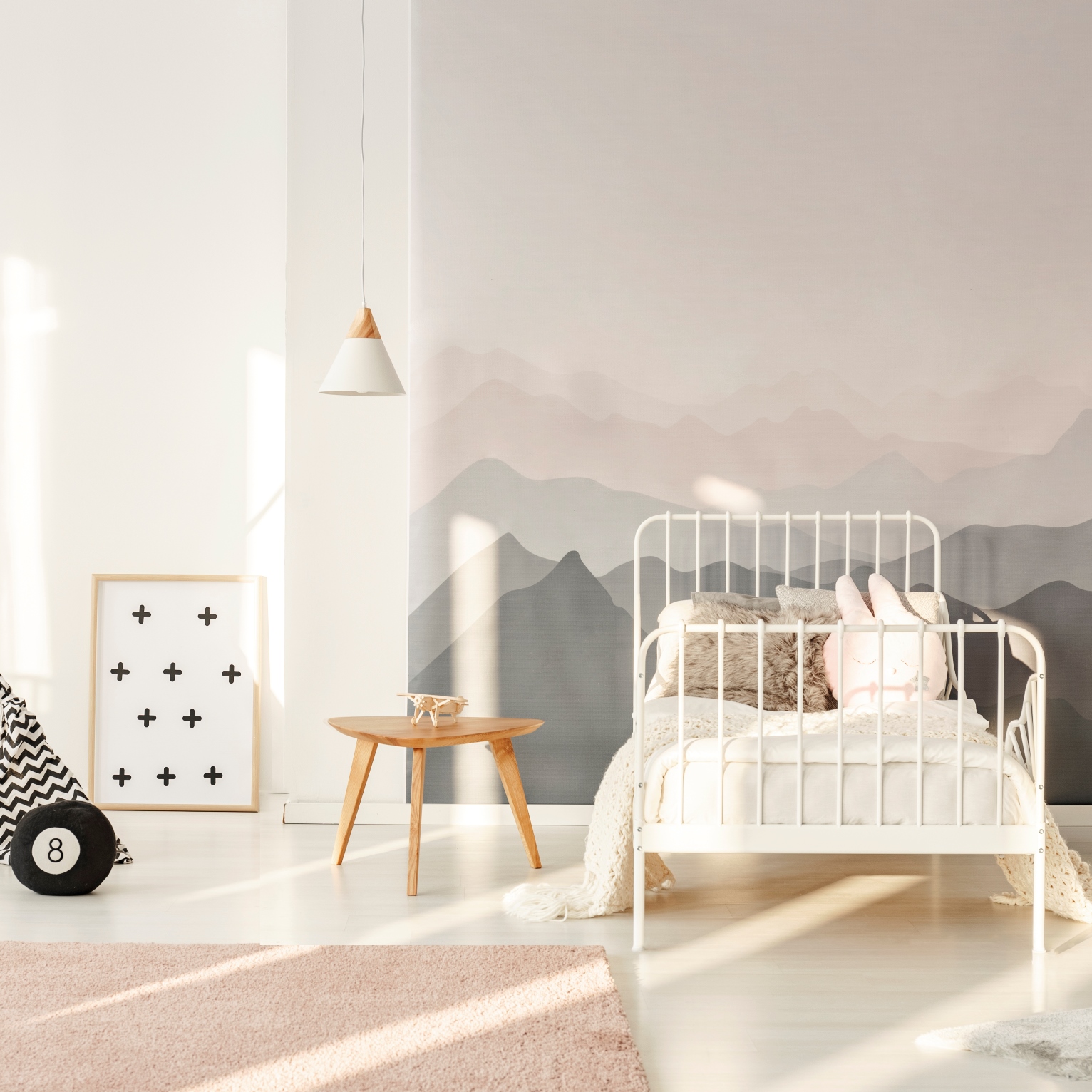Parents face a unique dilemma when decorating children's spaces. A room that delights a toddler may embarrass a tween, yet repainting every few years strains both budget and time. This challenge requires strategic thinking about how spaces evolve alongside their young occupants.
The art of mural painting for children's rooms demands careful consideration of developmental stages, changing interests, and psychological needs. Professional designers recognize that successful children's spaces strike a balance between immediate appeal and future adaptability. The goal extends beyond creating something beautiful for today; it involves crafting environments that support growth, inspire imagination, and maintain relevance through multiple life stages.
Understanding Age-Appropriate Design
Children’s visual and emotional preferences change dramatically as they develop. Infants respond best to simple shapes and high contrasts, while teens seek sophistication that reflects identity. Designers typically follow three main strategies:
- Stage-specific murals: Embrace the current age and plan to repaint as tastes change.
- Growth-friendly designs: Create flexible foundations that can evolve with small updates.
- Timeless aesthetics: Use themes and color palettes that transcend age.
Designing for Infants and Toddlers
Nurseries demand calm and safety above all. Because newborns see limited color, soft palettes—muted blues, greens, and warm neutrals—create soothing atmospheres. Nature-inspired murals featuring gentle clouds, waves, or woodland animals work beautifully without overstimulating.
Safety comes first: paints must be non-toxic and zero-VOC, applied with proper ventilation and drying time. Designs should sit away from the crib to prevent visual overstimulation.
As babies grow into toddlers (ages 2–5), curiosity and imagination explode. Murals featuring vehicles, animals, or space adventures captivate them while encouraging play. Adding interactive elements like chalkboard or magnetic sections lets kids participate creatively. Washable finishes and satin sheens make maintenance easier, keeping the artwork fresh despite sticky fingers.
Elementary Years: From Cute to Cool
Between ages 5 and 9, children’s personalities and interests sharpen. They appreciate more detail, story-driven scenes, and educational themes. Murals depicting adventure, science, or discovery—like treasure maps, jungle explorations, or solar systems—engage both imagination and intellect.
Designers often add subtle learning components, such as constellation maps or labeled ecosystems, which grow with children’s curiosity. Kids can now take part in design decisions, learning to balance personal taste with practical choices—a small but valuable lesson in collaboration and responsibility.
Navigating the Tween Transition
The tween years (ages 10–12) are notoriously tricky. Kids want independence and sophistication, but haven’t fully formed adult tastes. They reject anything “babyish,” making subtlety key.
Designers often choose stylized nature, like forest canopies or starry night skies, to maintain visual interest without immaturity. Urban-inspired murals—city skylines, geometric designs, or street-art styles—signal growing maturity. For personal flair, typography-based murals with favorite quotes or lyrics allow self-expression while staying adaptable.
For passionate tweens, hobby-themed designs (music, art, sports) work best when symbolic rather than literal—think sound waves or abstract motion lines instead of cartoonish depictions.
Teen Rooms: Mature Expression
Teenagers (13–18) demand adult aesthetics. Their rooms serve as private retreats and social spaces, so murals must reflect self-expression while blending with grown-up design.
Abstract, minimalist, and textured murals—like monochrome line art, watercolor washes, or botanical illustrations—feel sophisticated and timeless. Industrial looks such as faux brick, concrete textures, or architectural drawings bring an urban edge. Window-view murals featuring cityscapes or nature horizons add depth and aspiration—perfect for photo-friendly teen rooms.
At this stage, collaboration is essential. Teens value being treated as equals in design discussions. Professional painters often involve them in budget and material choices, turning decoration into a learning experience about planning and investment.
Strategies for Murals That Grow
The smartest children’s murals evolve over time rather than being replaced. Several strategies make this possible.
- Modular Design: Start with a neutral base that accepts future layers. A tree mural might begin simply in a nursery, gain animals or birds in elementary years, and transform into elegant botanical line art for a teen.
- Celestial Themes: Clouds and stars for babies can expand into planets, constellations, and later minimalist astronomy-inspired art—each stage retaining the same base while adapting in detail and tone.
- Removable Elements: Vinyl decals, magnetic panels, or chalkboard zones make personalization easy. A toddler’s favorite characters can appear temporarily and vanish later without repainting. Magnetic sections or chalk zones invite creativity and change daily.
- Neutral Backgrounds: Choose versatile base tones—soft grays, warm whites, or ombré gradients—that pair with any theme. This makes updates easy and avoids the dated look that overly themed murals can develop. Textured or abstract backgrounds often age best.
The Long View of Children’s Spaces
Creating a mural that grows with a child is both an art and a philosophy. It requires balancing imagination with longevity—crafting designs that delight today while evolving gracefully tomorrow.
Parents who approach children’s rooms as dynamic environments rather than static decorations make smarter investments. Murals designed with flexibility in mind nurture creativity, emotional comfort, and a sense of ownership as kids mature.
Ultimately, the most successful designs don’t just decorate walls—they tell a continuing story of growth, curiosity, and identity, transforming every stage of childhood into a new chapter of discovery.
